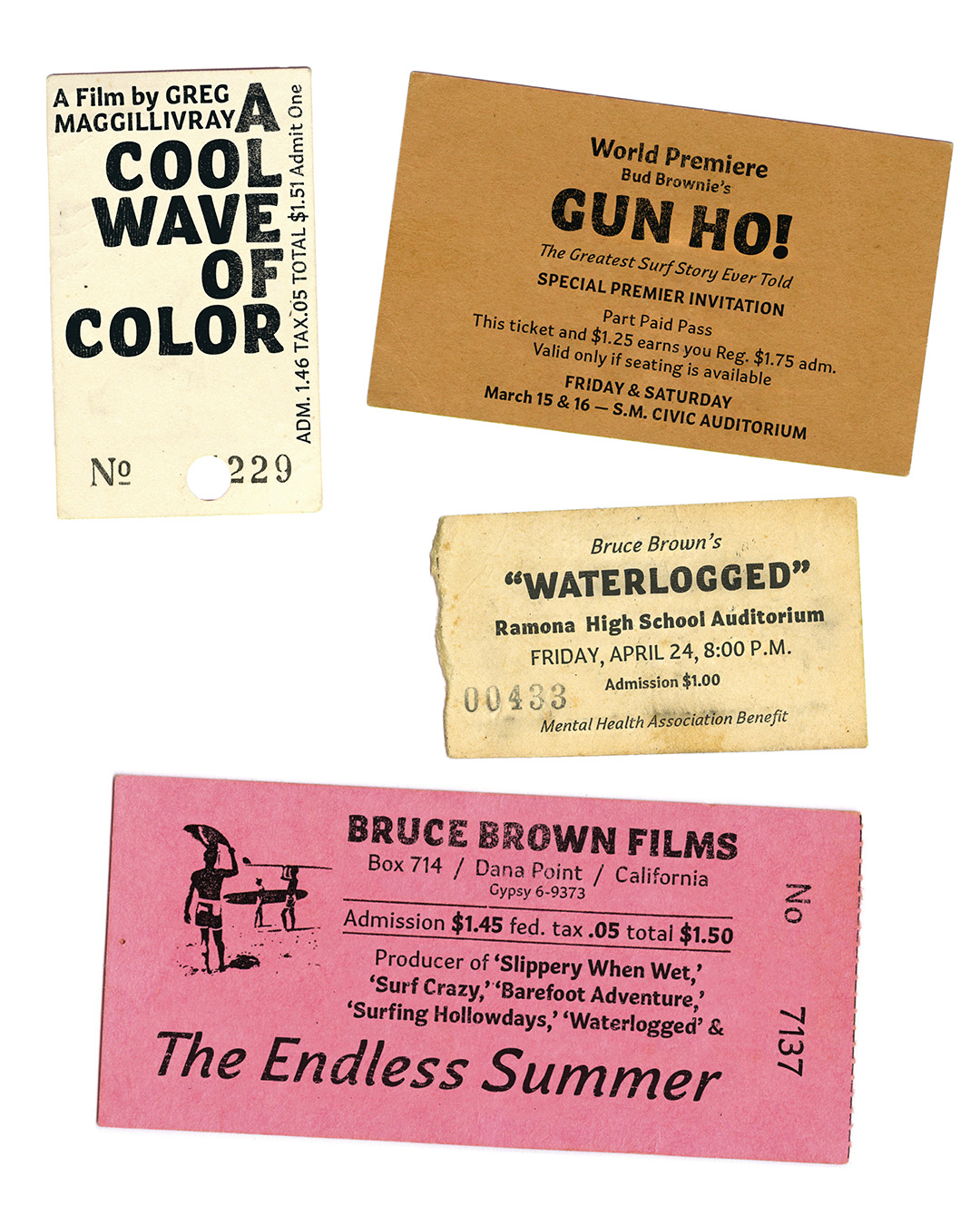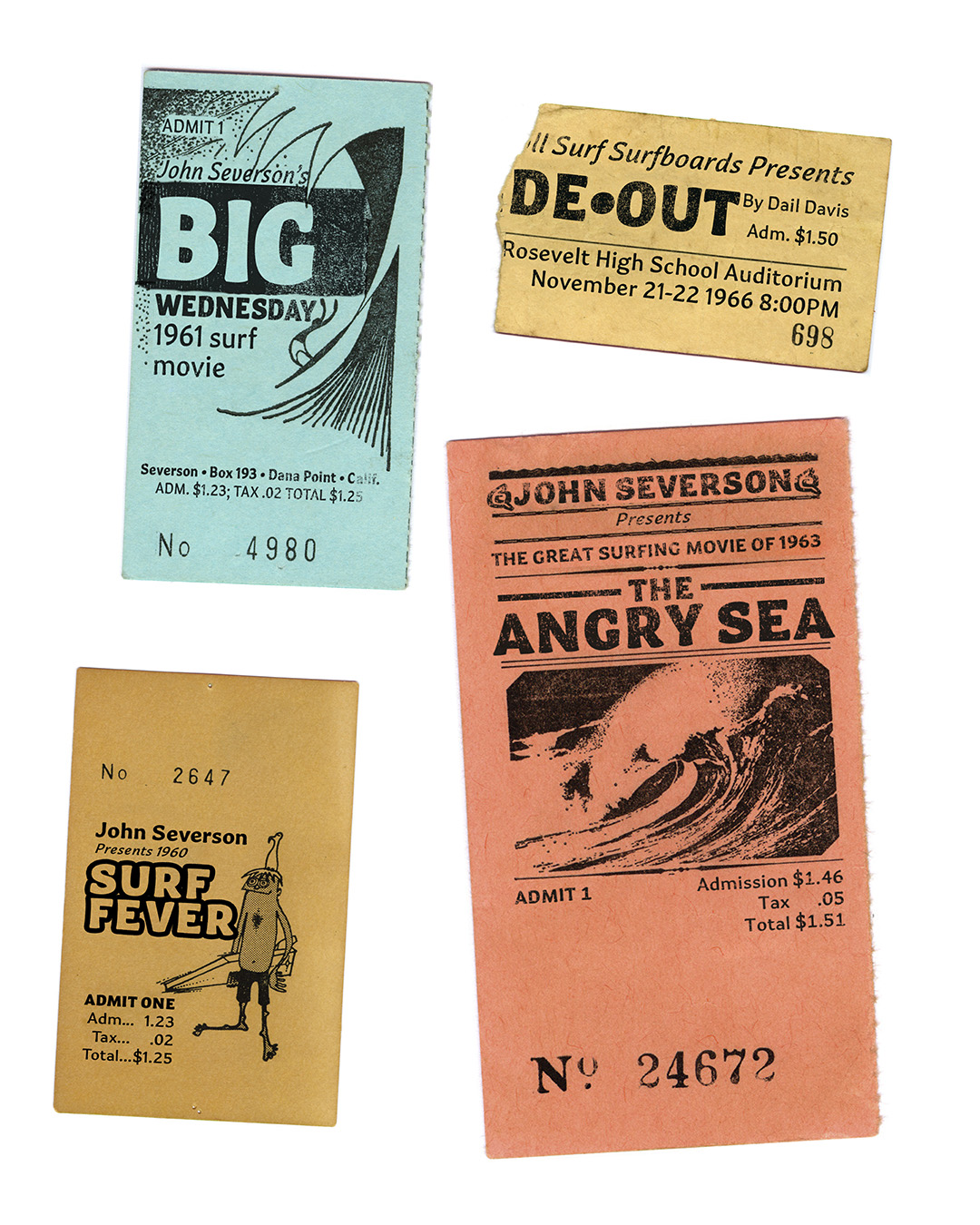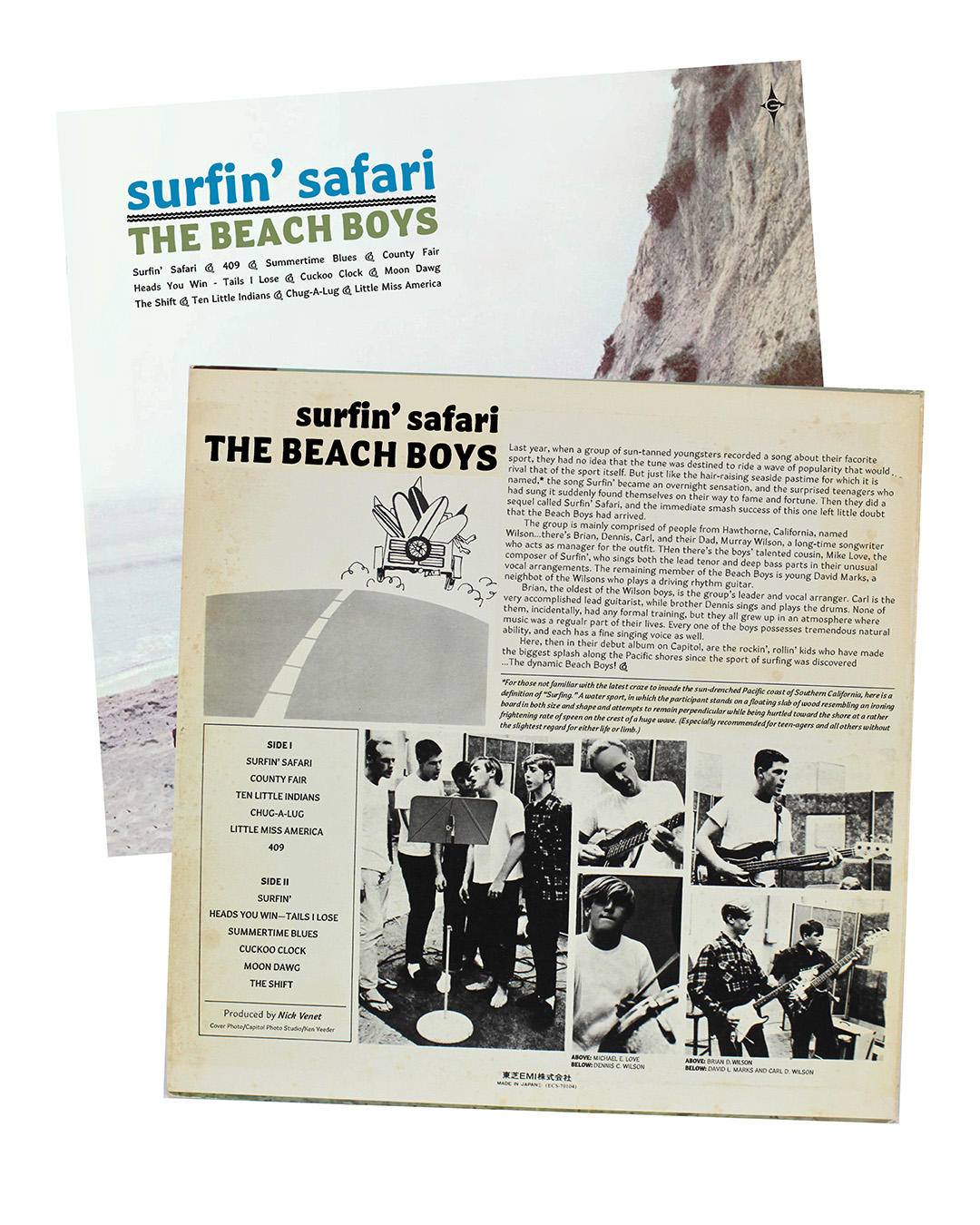Ka’a’awa Lefts
Over the Reefs
Rubber Duckies
Sleepy Hollows
Alligator Rock
Lahilahi Point
Banzai Pipeline
Barber’s Point
Daves Backyard
Canoes
Kalama
Queens
Rennet
Castles
Sewers
Sunset
Threes
Kaisers
Phantoms
Avalanche
Keaulanas
Backyards
Indicators
Boneyards
Campbells
Duds Reef
Humalayas
Irmas
Mā‘ili
Fours
Radz
Pop’s
Walls
Ke‘iki
Parks
Wrap
Pau Hana Light
Eventually, surfing did make its way back into daily Hawaiian life, and by the 1920s, as tourists began flocking to the tropical destination and taking lessons from the locals, the sport started spreading internationally. In 1959, Hawai’i officially became a U.S. state, and surfing was one of its cultural staples. Today, at any given hour, you’ll find wave-riders of all sorts riding waves on all types of surf-craft, simultaneously and often together, at Waikiki’s most popular break, Queens.
Pau Hana Regular
Eventually, surfing did make its way back into daily Hawaiian life, and by the 1920s, as tourists began flocking to the tropical destination and taking lessons from the locals, the sport started spreading internationally. In 1959, Hawai’i officially became a U.S. state, and surfing was one of its cultural staples. Today, at any given hour, you’ll find wave-riders of all sorts riding waves on all types of surf-craft, simultaneously and often together, at Waikiki’s most popular break, Queens.
Pau Hana Bold
Eventually, surfing did make its way back into daily Hawaiian life, and by the 1920s, as tourists began flocking to the tropical destination and taking lessons from the locals, the sport started spreading internationally. In 1959, Hawai’i officially became a U.S. state, and surfing was one of its cultural staples. Today, at any given hour, you’ll find wave-riders of all sorts riding waves on all types of surf-craft, simultaneously and often together, at Waikiki’s most popular break, Queens.
Pau Hana Black
Eventually, surfing did make its way back into daily Hawaiian life, and by the 1920s, as tourists began flocking to the tropical destination and taking lessons from the locals, the sport started spreading internationally. In 1959, Hawai’i officially became a U.S. state, and surfing was one of its cultural staples. Today, at any given hour, you’ll find wave-riders of all sorts riding waves on all types of surf-craft, simultaneously and often together, at Waikiki’s most popular break, Queens.
Features
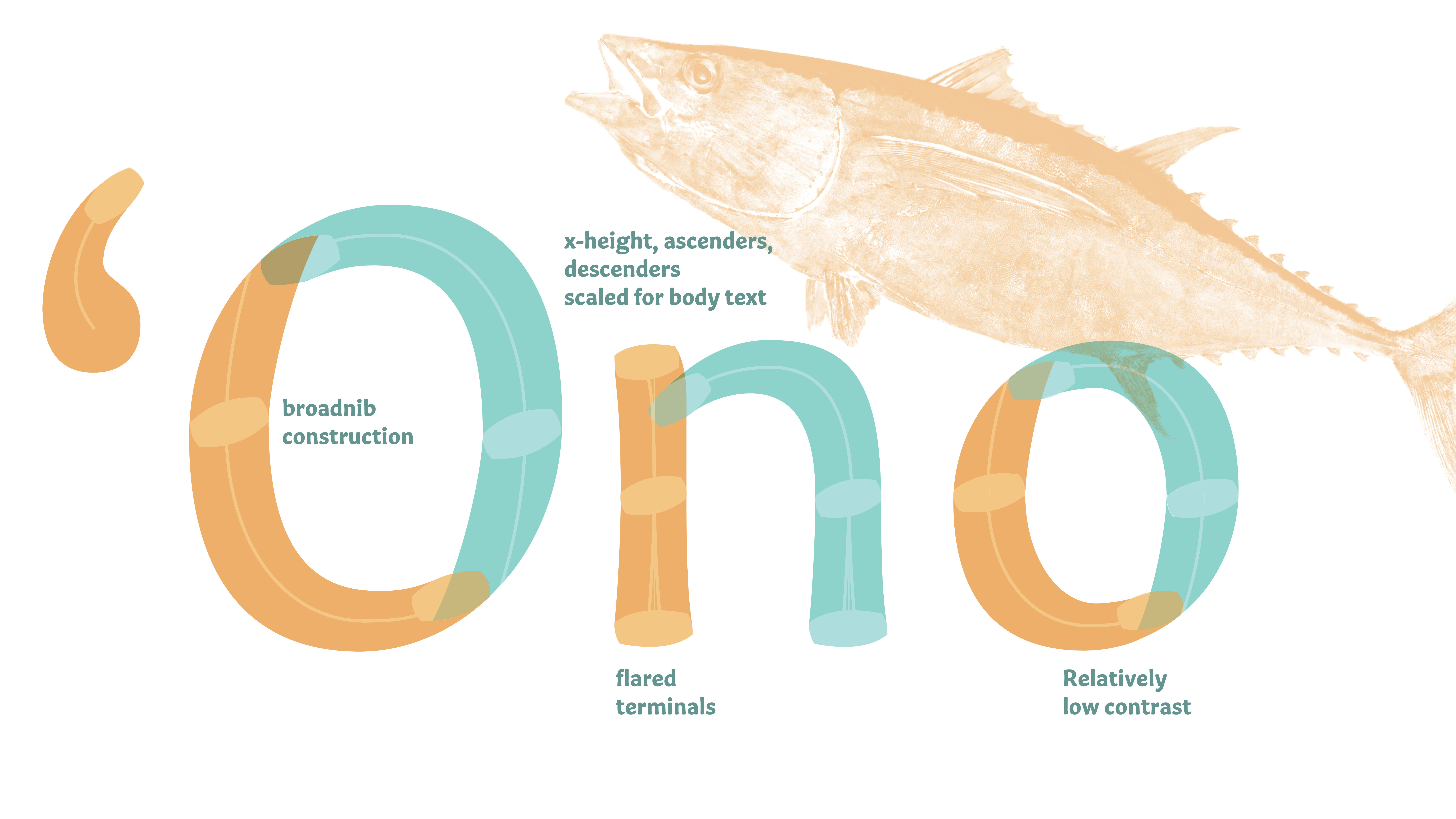
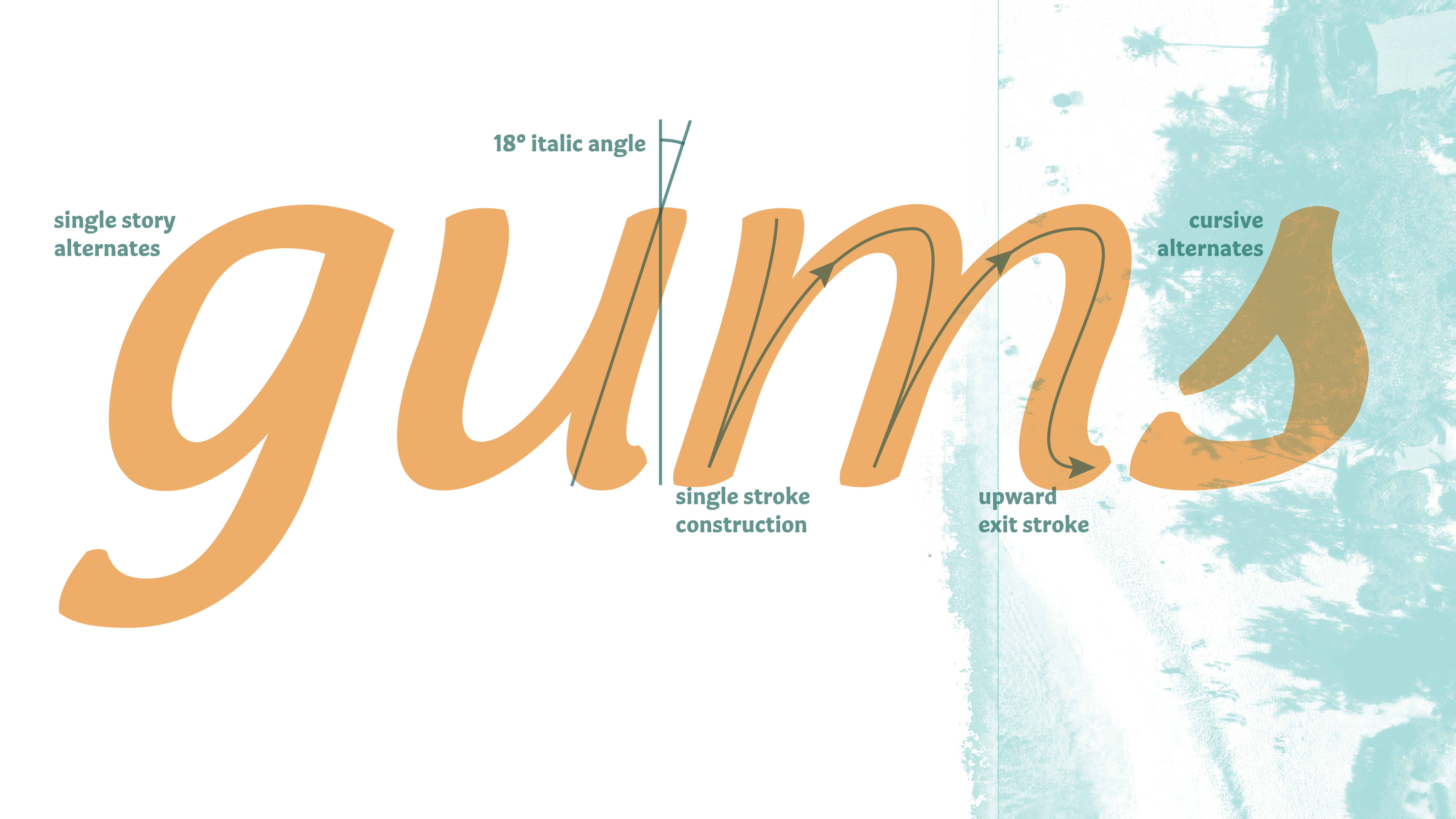
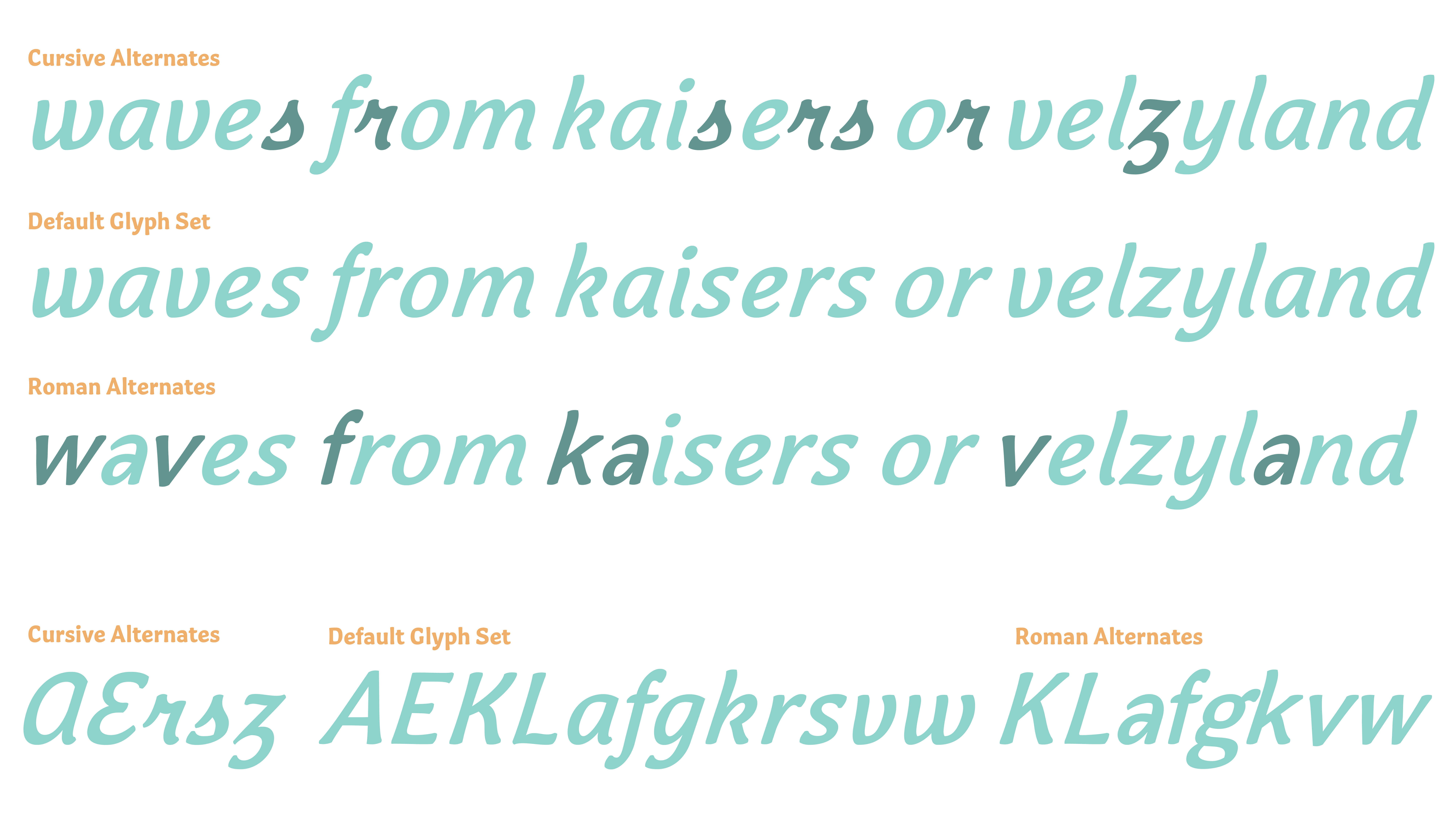
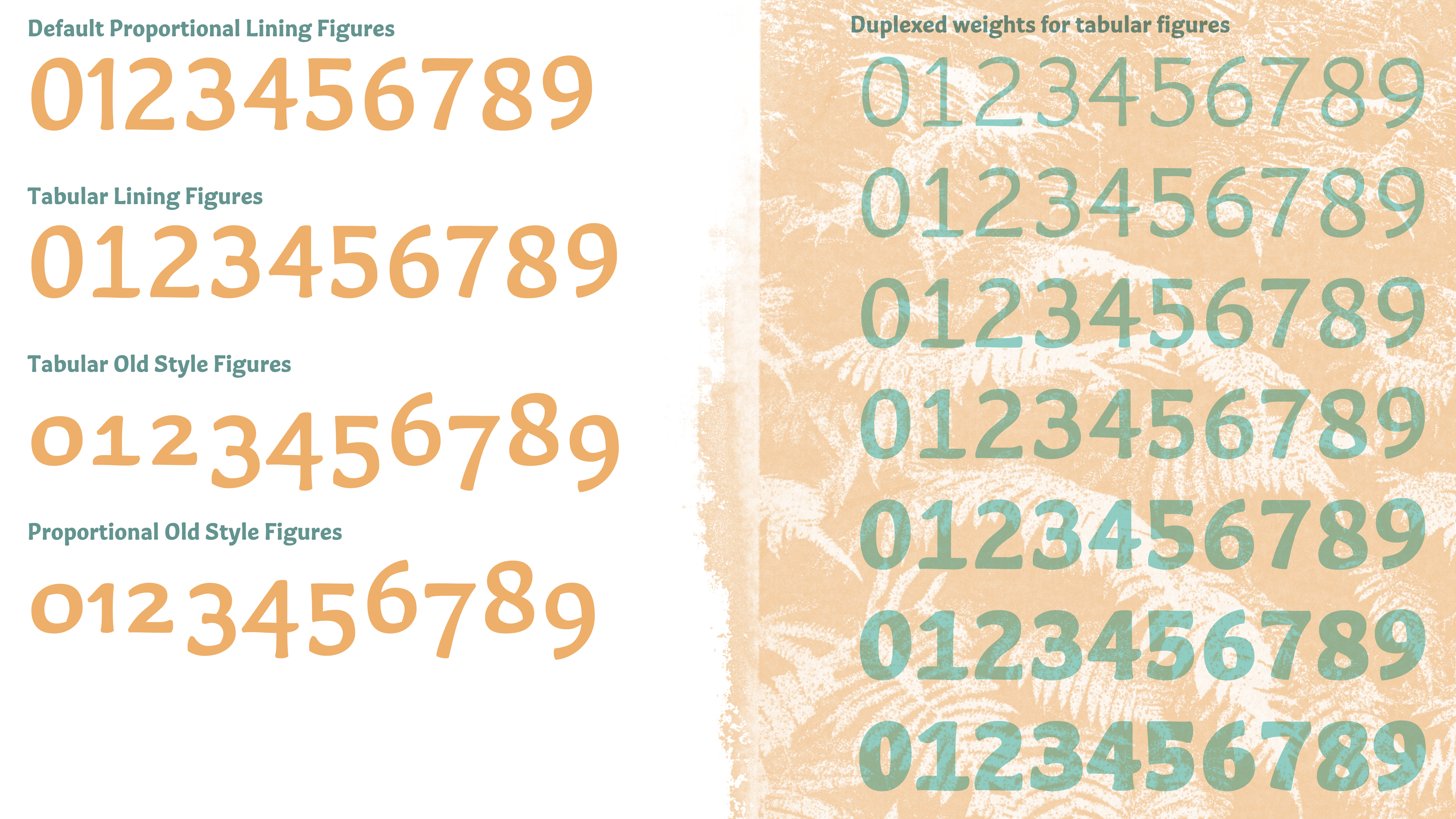
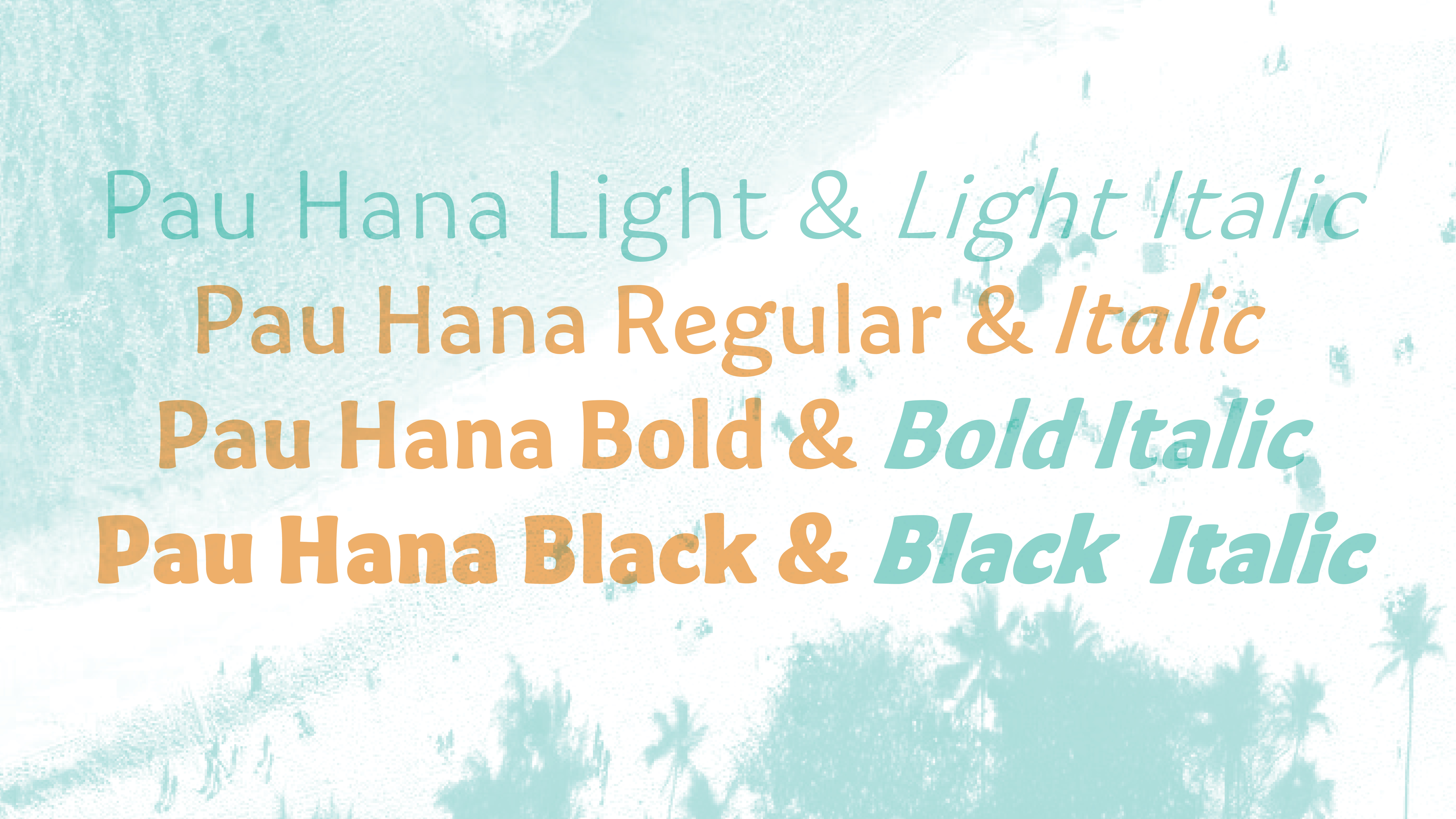
Language Support
Supports 314 languages. According to hyperglot
Glyphs Set
Pau Hana In Use
